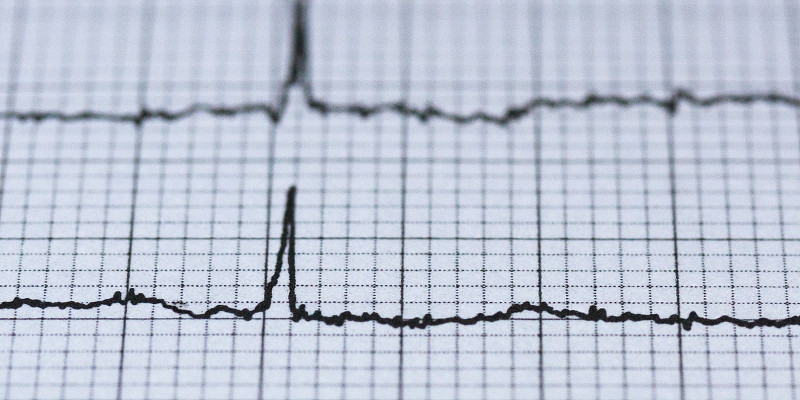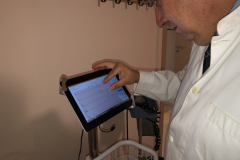
Cardiogram Electrocardiogram
WIRELESS CARDIOGRAPHER
Cardiogram Electrocardiogram via a wireless cardiograph.
Basis for investigating a cardiologic patient remains the classic cardiogram electrocardiogram (ECG). Because it is a simple test, electrocardiographs are found in pathological surgeries, doctors’ surgeries and non-specialist doctors. ECG is a dangerous test in the hands of someone who does not have the relevant knowledge and experience because it hides many secrets. If he can not understand in depth what he sees, there is the danger of overlooking information that may be very important for the health and life of the patient. Instead, in the hands of the highly experienced cardiologist, it is a powerful weapon that can give many answers and direct further investigation of the subject.
Cardiogram Electrocardiogram Diagnosis
With ECG, the cardiologist can discover older episodes due to coronary heart disease such as stroke or chronic ischemia. He may even perceive acute problems such as unstable angina or acute myocardial infarction. He can diagnose acute pericarditis, acute myocarditis, cardiomyopathies, severe valvular diseases. He can diagnose a series of arrhythmias such as atrial fibrillation and flutter, supraventricular tachycardias, abdominal dislocations, and ventral tachycardias. The role of the cardiogram is also critical in diagnoses of conditions such as sections blockings. These are essentially due to a malfunction of the heart’s electrical wires. Cardiogram can also be used to diagnose bradycardia and cardiac pauses. In these cases, the pacemaker may be urgent.
Wireless Cardiograph
ΤThe ECG remains the most valuable counselor of the cardiologist. The wireless cardiograph facilitates the execution of the cardiogram because the information is transmitted without cables to an electronic tablet. So if the patient has difficulty lying down or working out the cardiogram is greatly facilitated. In addition to printing on paper, the cardiogram is kept in electronic form. This facilitates, without needing to have the patient in the next test, a comparison with a newer cardiogram. It can also be sent electronically to the person concerned, to another doctor, to a hospital where he has been admitted as a matter of urgency. It can therefore be available anywhere on earth that will be needed with the patient’s permission.
Cardiogram , Cardiologist Panagiotopoulos, Marousi

 Ελληνικά
Ελληνικά  English
English 



